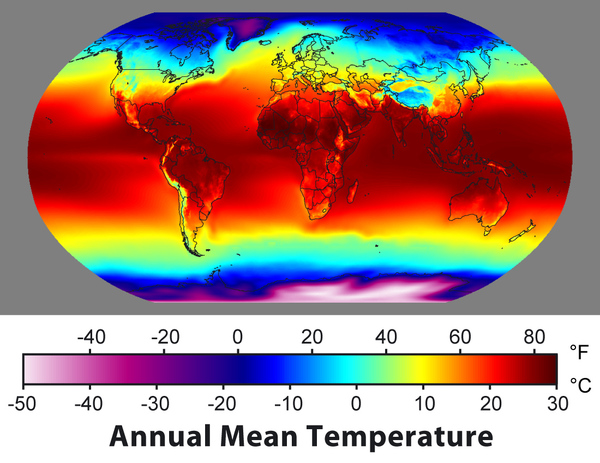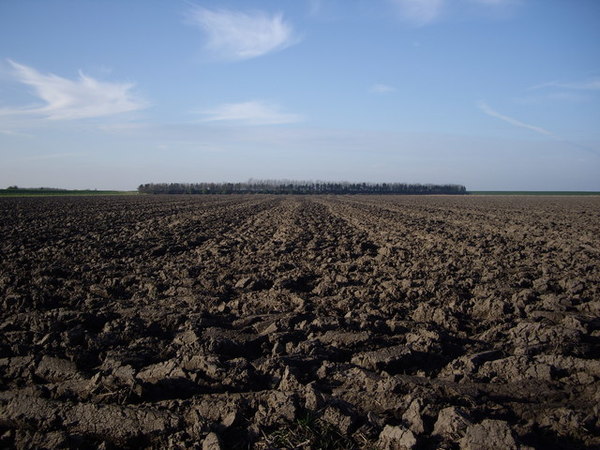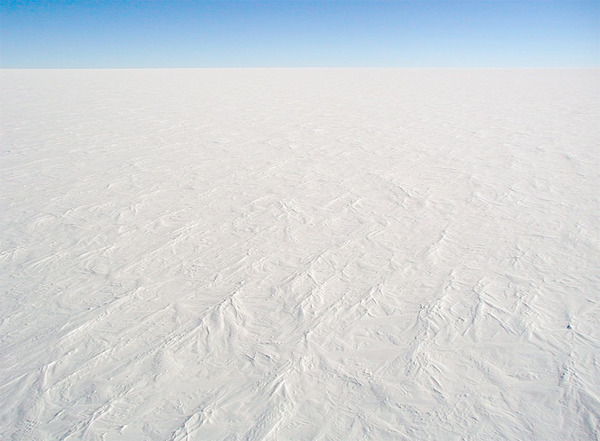| << Chapter < Page | Chapter >> Page > |

The equator always receives plenty of sunlight, however, and has a much higher average temperature as a consequence; compare the average temperature of the equator with that of the poles in Figure Annual Mean Temperature

The level of insolation affecting Earth depends on the amount of light (or solar radiation ) emitted by the Sun. Over the current geologic period, this is very slowly changing—solar radiation is increasing at a rate of around 10% every billion years. This change is much too slow to be noticeable to humans. The sun also goes through an 11-year solar cycle, in which the amount of solar radiation increases and decreases. At the solar cycle peak, the total solar radiation is about 0.1% higher than it is at the trough.
The Earth's orbit is not perfectly circular, so sometimes the Earth is closer to or further from the Sun than it is on average. This also changes the amount of insolation, as the closer the Earth is to the Sun the more concentrated the solar radiation. As we shall see in the next section, these orbital variations have made a big difference in conditions on the Earth during the period in which humans have inhabited it.
In addition to considering how much energy enters the Earth system via insolation, we also need to consider how much energy leaves. The climate of the Earth is controlled by the Earth's energy balance, which is the movement of energy into and out of the Earth system. Energy flows into the Earth from the Sun and flows out when it is radiated into space. The Earth's energy balance is determined by the amount of sunlight that shines on the Earth (the insolation) and the characteristics of the Earth's surface and atmosphere that act to reflect, circulate and re-radiate this energy. The more energy in the system the higher the temperature, so either increasing the amount of energy arriving or decreasing the rate at which it leaves would make the climate hotter.
One way to change how quickly energy exits the Earth system is to change the reflectivity of the surface. Compare the difference in dark surface of tilled soil (Figure Reflectivity of Earth's Surface (a) ) with the blinding brightness of snow-covered ice (Figure Reflectivity of Earth's Surface (b) ).


The dark soil is absorbing the sun's rays and in so doing is heating the Earth surface, while the brilliant snow is reflecting the sunlight back into space. Albedo is a measure of how reflective a surface is. The higher the albedo the more reflective the material: a perfectly black surface has zero albedo, while a perfectly white surface has an albedo of 1 - it reflects 100% of the incident light. If a planet has a high albedo, much of the radiation from the Sun is reflected back into space, lowering the average temperature. Today, Earth has an average albedo of just over 30%, but this value depends on how much cloud cover there is and what covers the surface. Covering soil with grass increases the amount of light reflected from 17% to 25%, while adding a layer of fresh snow can increase the amount reflected to over 80%. Figure Surface of Earth with Cloud Cover Removed is a composite photograph of the Earth with the cloud cover removed. As you can see, forests and oceans are dark (low albedo) while snow and deserts are bright (high albedo).

Notification Switch
Would you like to follow the 'Sustainability: a comprehensive foundation' conversation and receive update notifications?